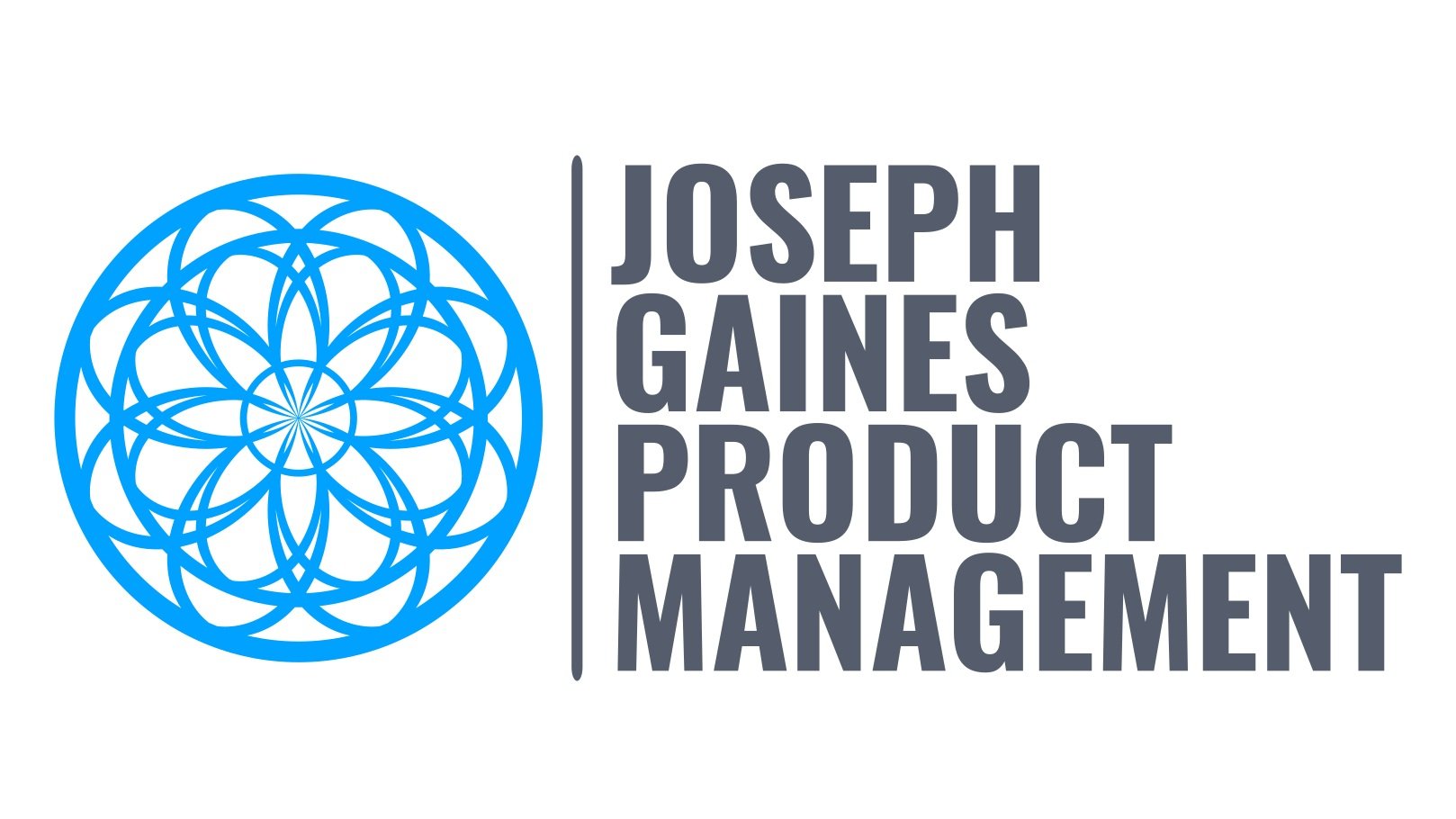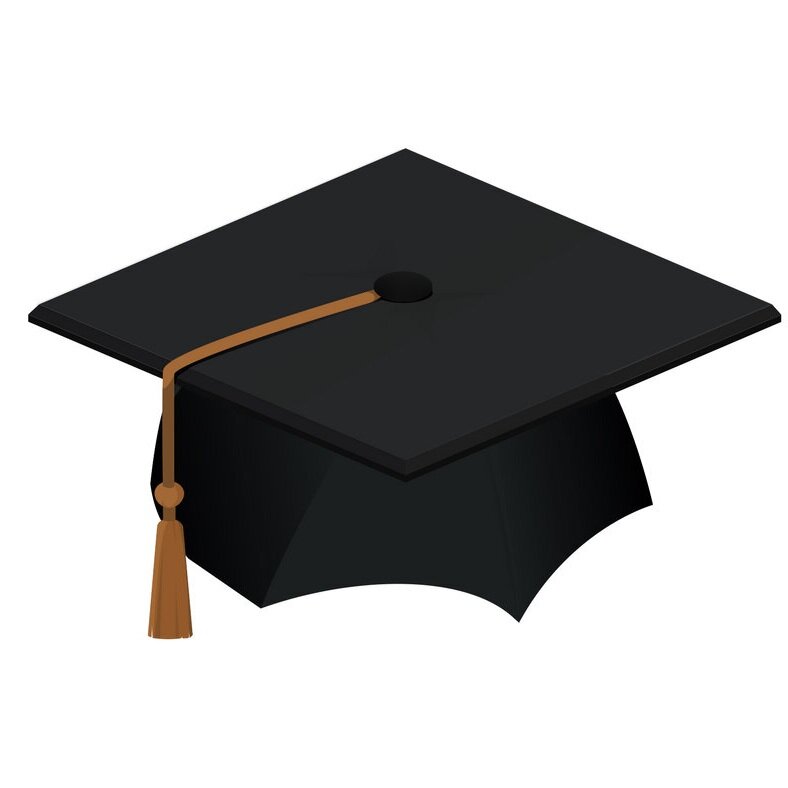In Depth #7 /
Product Visions and Solutions / Project Timeline
Imagining what could come from all this.
[A photo I took of a Utah Opera colleague on the shore of the Great Salt Lake, 2019.]
What exactly are we going to build?
The most likely concrete solution for the first year is simply a site like this one, built on Squarespace, with some kind of newsletter, database, and CRM/e-commerce options built in. Whether or not we handle money is immaterial — we need the ability to interact with our users in ways that may approach e-commerce (such as accepting donations, eventually, though the legal hoops to jump through first are a whole other ball of wax).
More importantly, though, there are so many built-in features with Squarespace sites that, even if we end up having to use some other off-the-shelf solutions to do a piecemeal MVP during Year 1, we likely will have a ways to go before we need to get into truly custom-built software solutions.
Further down the line, if we really and truly start incorporating more elaborate elements like sophisticated CRM, or especially Virtual Reality (would require extra equipment on the user’s end), or Augmented Reality (that would mean building an App, which is possible, but would be a completely different thing altogether) — then we may need to look at building a far more customized web solution that what I can generate on my own here. Can’t wait to see where the opportunities for collaboration with other developers and designers may lead down the road!
Crucial to the overall arc of this project is imagination itself. In creating this product, this website, this association, we alumni are banding together to essentially allow ourselves to imagine all the things that could be done in order to shore up the historical foundations of this amazing opera company and to dive headlong into the future.
There’s no point in going through this exercise unless we are can envision multiple larger-scale projects that not only lift the company’s national profile, but also contribute to the art form locally and nationally in meaningful, concrete, and often measurable ways.
So, without further ado, some of the possible projects which fall under the umbrella of this endeavor include:
— The Central City Opera Alumni Association: The first of its kind in the United States, this purpose-built association of former artists, employees, contractors, interns, and volunteers of an historic American opera company will at its core provide a barrier-free means for people to stay connected with Central City Opera — even long after their formal association with the company ends.
— A Comprehensive Database: All productions, all performances, all artists since 1932, entered into a searchable database; this can then be tied to images of corresponding physical artifacts like playbills, season brochures, and the hand-painted billboards on the front of the theater. Visitors to the site seeing all of the places and objects and stories tied to Central City Opera can suddenly have a much richer experience — and better understanding — of the company’s history than ever. A possible combining of alumni association efforts with a major archival undertaking of Central City Opera artifacts at the University of Denver already underway could markedly enhance all aspects of the database.
— Digital Archiving, Mapping, and AR/VR: The billboards, the headshots, the historic properties — this is an opportunity not only to dive into photography, but also illustration, mapping, Augmented Reality (AR), and Virtual Reality (VR). Imagine touring the interior of the opera house from thousands of miles away with a VR headset, archival music from a live performance playing in the background. Or the afternoon before a show, taking your phone, turning it sideways, and having an AR app be able to overlay stories, photos, maps, and other information live as you walk through Central City itself. Perhaps visitors to the alumni site will also see an illustrated map of the town, with links to each and every historic property owned and managed by Central City Opera, with links to in-depth imagery and stories about how they ever came to be, who lived there, and how they came to be in the hands of the opera company.
— Arts & Technology Together — Conferences, Happy Hours, and More: Taking advantage of the association and its adoptive organization being located in the Colorado Front Range would mean more directly building links between the hundreds of technology startups as well as established technology companies. This could entail hosting technology industry nights at the opera, happy hours at historic properties owned by the company (whether during the Festival season or no). It could also mean the Alumni Association becoming more directly involved as attendees, volunteers, or even presenters at local major technology and business conferences like Denver Startup Week, Boulder Startup Week, TEDx Boulder, and the like. This could not only serve to boost the overall exchange of ideas between opera and technology more broadly, but also help provide inroads for technologists of all kinds to become part of the next generation of opera patrons and donors, as well.
— Mentor Program(s); definitely pairing younger singers with more experienced performers, since that’s our primary area of expertise. But what about people in other disciplines at the company? Directors, designers, conductors, costumers, props people, etc? Is there interest in that? Again, would we just be duplicating efforts that are already done much better by others?
— Career Transitions for Singers: Modeled after the successful Career Transitions for Dancers program created in 1985 by The Actors Fund, this program would act as an acknowledgement that there is a major disconnect between how most singers are being taught to see their singing careers and the reality that the vast majority of singers live and experience. As with the other mentor programs, this effort in particular would connect singers who are any number of years into their careers either with singers who successfully manage separate professional identities concurrently, or singers who have left the opera industry entirely to pursue other careers altogether. Goals would include: educating singers as to the reality of singing careers at this point in the 21st century; helping ease the mental health burden artists experience when needing to significantly adjust or leave their careers; reducing the stigma associated with leaving a singing career; as well as helping provide singers with meaningful paths forward, assisted by those who have already made the leap.
These are just a few of the possibilities.
But as Kai Ryssdal and Molly Wood are fond of saying on my very favorite podcast, Make Me Smart, “None of us is as smart as all of us;” we need the Alumni to lend their voices if we are going to live out some of the vision we’ve just begun to explore here.
Risky Business
There is great wisdom in what other people have done before — though sometimes you just have to learn on your own, even if a better choice might have seemed obvious in hindsight. Failure is a key part of learning in software development, and one kind of failure in particular may well befall our project if we have overestimated the interest of our potential userbase: a common issue with passionate entrepreneurs is that they sometimes build a solution in search of a problem, often because they didn’t first ask the right people the right questions in the right way. (And thus UX Research was born...)
So, one major risk of a project like this is simply that we will have ended up crafting a beautiful, passionately built thing that interests not many people at all. That’s a real possibility; eventually the data will tell us, one way or another.
Another risk is scope creep — making sure I ask enough people the right questions, and finding out the right features and the right products to deploy at roughly the right times, all so that we don’t end up creating a wildly unwieldy juggernaut of a web solution. Given both the somewhat arbitrary nature of the overall timeline (years on end, really) and that this is both a self-directed project and a not-for-profit venture, the risks are lower. ROI is less of a concern, siwince above and beyond the $150 or so per year it costs me to host this website, the primary costs to myself and other contributors will be time and energy.
If user engagement is not ultimately as high as we hope, we will nonetheless have learned something (and hopefully helped the opera company in some capacity) along the way. But we are hoping for a meaningful response, numbers-wise.
Simply put, we’ll be asking people what possible things from a feature backlog they think we should build first. While that won’t dictate our choices, it will definitely inform them.
“And the answer is…”
While we clearly have some concrete ideas about what this website could eventually do and what the full scope of the alumni association could eventually be, in terms of understanding whether our hypothesis is correct and which features would be the most useful and interesting to our userbase, we will indeed be relying on the results from our survey before we build anything beyond a splash page.
And yet nailing down both a Minimum Viable Product for launch prior to the 2020 Central City Opera Festival as well as a fair definition of “done” for the first working iteration are priorities; these are the guardrails which well help us focus our efforts certainly over the 9 months or so from the beginning of the UX Research phase in October 2019 through deployment of the MVP by June of 2020.









